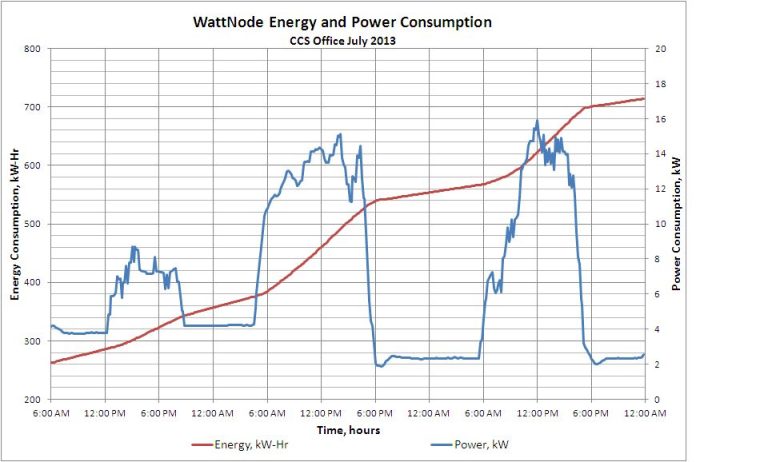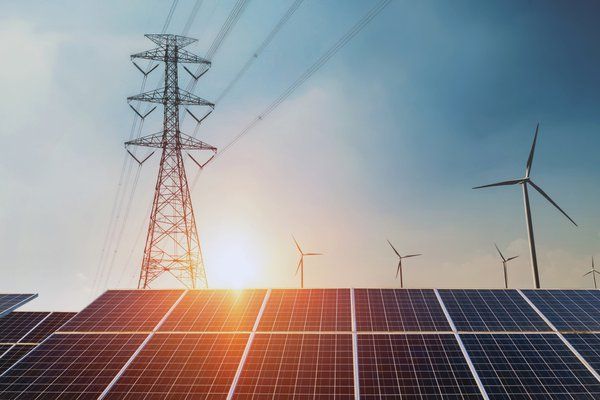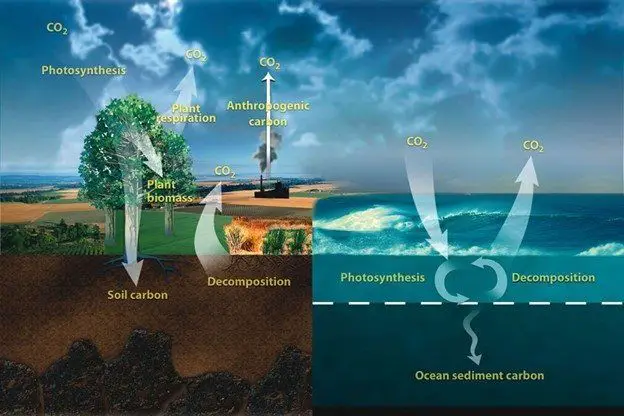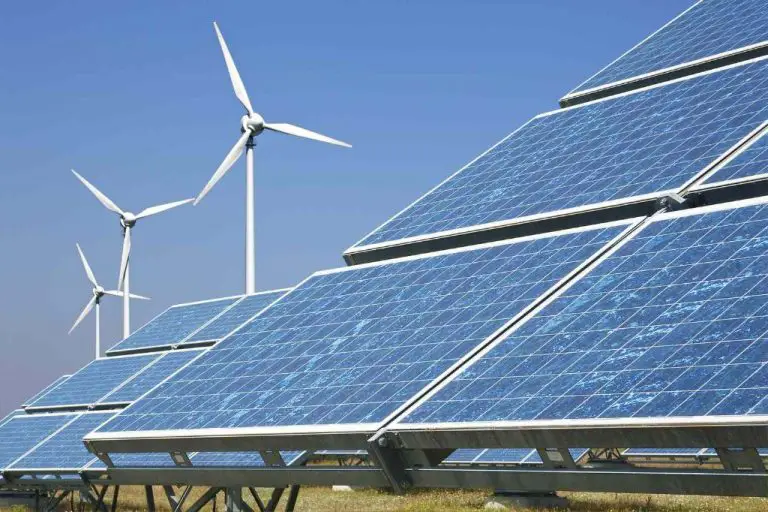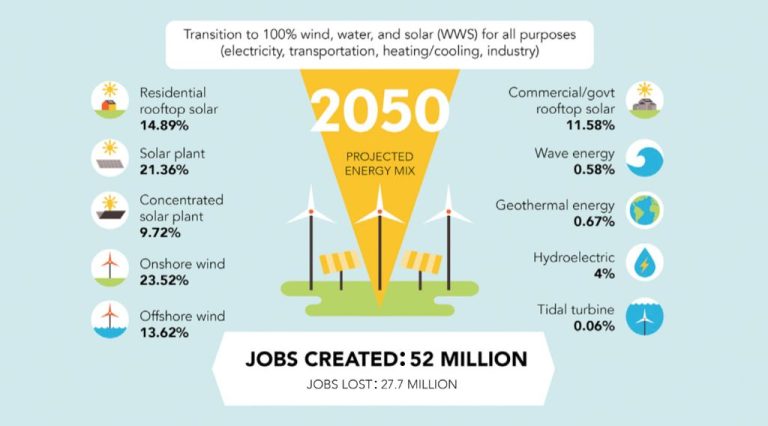Is 1 Kwh Per Hour A Lot?
Introduction
A kWh stands for kilowatt-hour and refers to a unit of energy consumption. Specifically, 1 kWh is equal to using 1,000 Watts for 1 hour. For residential electricity, 1 kWh per hour reflects the amount of power used continuously over the span of 60 minutes.
So when looking at your home’s electricity usage, seeing a measurement of 1 kWh per hour indicates you are consistently drawing 1,000 Watts of power. This provides a standard way to quantify electricity consumption over time, rather than just power (Watts) at an instant.
Typical Home Electricity Usage
The average home in the United States uses about 1 kWh (kilowatt hour) of electricity per hour. However, electricity usage can vary widely depending on the size of the home, number of occupants, appliances used, and time of day.
Some of the most energy-intensive home appliances are the refrigerator, clothes dryer, water heater, stove, dishwasher, and air conditioner. Having multiple large appliances running at the same time, like the AC, oven, and clothes dryer, can use 3-5 kWh per hour during peak periods.
Electricity usage tends to be highest in the morning when people are getting ready for the day and in the evenings when people return home. Peak usage hours tend to be between 4-8pm when families are cooking, cleaning, watching TV, and running multiple appliances at once.
Appliance Electricity Usage
Most modern appliances consume electricity when in use. Here are some common electrical usages for appliances in a standard home:
- Refrigerator – An average refrigerator uses around 500-700 watts while the compressor is running. Newer Energy Star models generally use 300-400 watts. Based on typical cycling on and off, a refrigerator may use 3-5 kWh per day.
- Electric oven – A standard electric oven can use 2,000-5,000 watts while preheating and cooking. An oven used for 1 hour of cooking per day may use around 1-3 kWh.
- Television – Newer flat screen TVs use 60-150 watts depending on size. Older CRT TVs use much more, around 150-300 watts. Based on 5 hours of usage per day, a TV may use 0.3-0.75 kWh.
- Clothes washer – An average clothes washer cycles uses around 500 watts. Running one load per day would use around 0.5 kWh.
- Clothes dryer – A clothes dryer can use 1,500-5,000 watts when running. With around 0.5-1 hour of drying per day, it may use 0.75-5 kWh depending on efficiency.
- Dishwasher – Dishwashers use around 1,200-2,400 watts while cleaning. Running it every other day may use around 1-2 kWh per load.
These examples give estimates for typical electricity consumption by common appliances. Newer energy efficient models generally use less power for the same tasks.
Regional Differences
Electricity usage can vary significantly depending on the region. Colder northern states like Maine, Michigan, and Minnesota tend to use more electricity for heating in the winter months. According to EIA data, an average household in Maine uses around 7,000 kWh annually, while the average in Florida is under 4,000 kWh per year. Southern states like Florida and Texas use more electricity in the hot summer months for air conditioning. The milder Pacific coast states like California and Washington have more moderate electricity usage year-round.
Climate is the biggest factor driving these regional differences. Heating and cooling needs are much higher in extreme climates. Other factors like home size, energy efficiency practices, and types of industry in the region also play a role. But in general, electricity usage maps closely to heating and cooling degree days across different parts of the country.
Time of Day Usage
Electricity usage tends to fluctuate significantly throughout the day depending on human activity patterns. Most households experience two peak usage times:
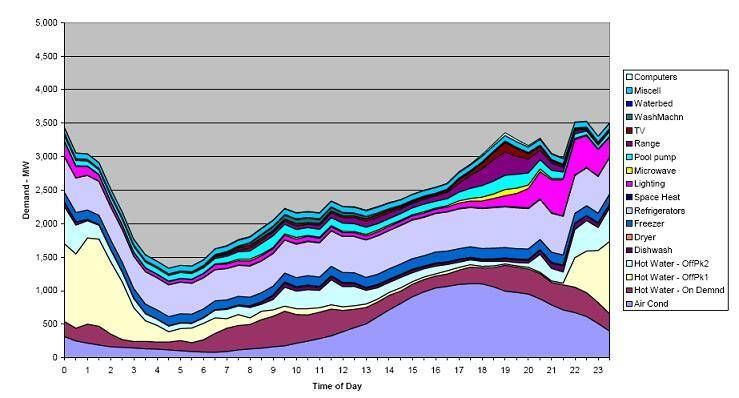
- Morning (6-9am) – Usage spikes as people wake up, shower, cook breakfast, and begin their morning routines before heading to work/school.
- Evening (5-8pm) – Usage peaks again as people return home, cook dinner, do laundry, watch TV, etc.
Usage is lowest overnight when most people are asleep. Weekend usage patterns tend to be more spread out throughout the day. Utility companies have to ensure they can meet peak demand times, even though average demand is much lower. This requires excess generating capacity the rest of the day.
Electricity Rates
The cost per kWh for electricity can vary widely depending on your location, provider, time of use, and other factors. The average residential electricity rate in the U.S. is around 10-15 cents per kWh. Some states like Louisiana and Arkansas have rates around 8 cents per kWh, while states like California and New York often see rates of 16-22 cents per kWh or more. Places like Hawaii can have rates over 30 cents per kWh.
Higher electricity rates per kWh make a seemingly small amount of power usage like 1 kWh per hour feel more substantial. At 10 cents per kWh, 1 kWh per hour would add up to $2.40 per day. At 20 cents per kWh, that same usage would cost $4.80 per day. The perception of high or low usage depends heavily on the baseline rates in your region.
Conservation Tips
Here are some ways you can reduce your electricity usage and save money on your power bill:
Replace old incandescent lightbulbs with LEDs which use at least 75% less energy. Turn off lights when not in use.
Unplug appliances and electronics when not in use. Even when turned off, they still draw power.
Use power strips to turn off multiple devices at once. Unplug battery chargers when not in use.
Set computers, monitors, and TVs to enter sleep mode when not in use.
Run full loads in the dishwasher and washing machine. Air dry dishes instead of using heated dry cycle.
Replace an old refrigerator or freezer with a new ENERGY STAR model to save over $300 per year.
Buy ENERGY STAR appliances like clothes washers, dishwashers and refrigerators which are over 40% more efficient.
Seal air leaks around windows and doors to prevent heat or cold air escaping.
Add insulation in attics, basements and walls to reduce heating and cooling costs.
Install a programmable thermostat to lower temperatures when no one is home or raise temps when sleeping.
Renewable Energy
With rising electricity costs and increasing environmental awareness, many homeowners are looking to renewable energy sources to reduce their grid dependence. Installing solar panels, wind turbines, or other renewable systems allows you to generate clean electricity right at home. Any excess energy produced can even be sold back to the utility company through net metering programs.
For those interested in maximum energy independence, going completely off-grid is possible as well. This involves installing enough renewable energy and battery storage to satisfy 100% of your electricity needs. With smart home technology and energy efficient appliances, an off-grid lifestyle can be comfortable and practical.
Making the switch to renewables or off-grid living takes research and investment upfront, but can pay off substantially over time through energy bill savings. It also reduces your carbon footprint and reliance on fossil fuels. With solar and battery costs declining, renewable energy adoption will likely continue rising in the years ahead.
Comparisons
To understand if 1 kWh per hour is a lot of electricity, it helps to compare it to other energy usage metrics like gasoline, natural gas, or calories from food.
1 kWh is equivalent to approximately:
- 0.95 therms of natural gas
- 3,412 BTUs of natural gas
- 3,600,000 joules of energy
- 0.134 gallons of gasoline
- 36.4 food calories
So burning one gallon of gasoline releases the same amount of energy as using about 7.5 kWh. The recommended daily calorie intake for an average adult is around 2,000 calories, which equals about 55 kWh.
Looking at these comparisons can help determine if 1 kWh per hour is relatively high or low. For example, a typical U.S. household uses about 30 kWh per day. So 1 kWh per hour would be a fairly small portion of the total daily electricity usage. However, for a single appliance like a space heater running for one hour, 1 kWh is a substantial amount of energy usage.
Conclusion
In summary, the amount of electricity used per hour depends on many factors such as appliance usage, time of day, location, and electricity rates. While 1 kWh per hour may seem high for some households, it is fairly average for others. The key takeaways are:
- The average US home uses about 30 kWh per day, which equals 1.25 kWh per hour.
- High-consumption appliances like air conditioners, electric heaters, and ovens can use 1 kWh per hour or more.
- Electricity usage is higher in the evenings when people are home and using appliances.
- Locations with extreme weather often have higher electricity demands for heating and cooling.
- Electricity rates determine the cost per kWh, so the same usage has different costs in different areas.
- Being aware of your usage and implementing conservation measures can reduce electricity consumption and costs.
While 1 kWh per hour may be high for some, for others it’s a typical usage. Evaluating your appliance consumption and habits can provide a clearer picture of your electricity needs.

